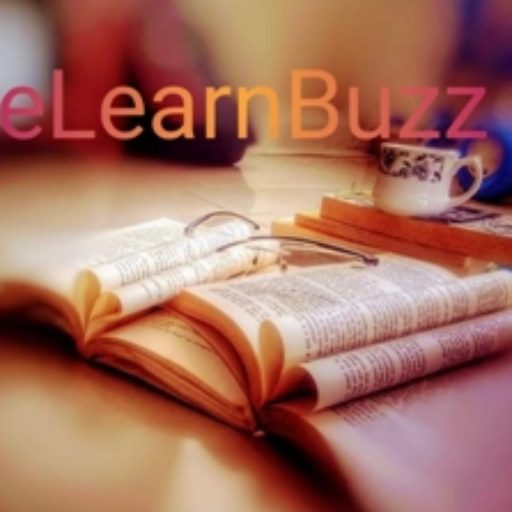रचना एवं रचनाकार – Rachna evam Rachnakar – Part 1
रचना एवं रचनाकार (Rachna evam Rachnakar) से संबन्धित प्रश्न प्रतियोगी परीक्षाओं की द्रष्टि से बहुत महत्वपूर्ण है। इस प्रेक्टिस सेट में दिये गए प्रश्न प्रतियोगी परीक्षाओं जैसे की Railway, लोकसेवा आयोग (PSC), Bank, SI, Stenographer, B.Ed, CTET, TET आदि के लिए बहुत महत्वपूर्ण हैं। प्रश्नों के सही उत्तर अंत में दिये गए हैं। Rachna evam…
